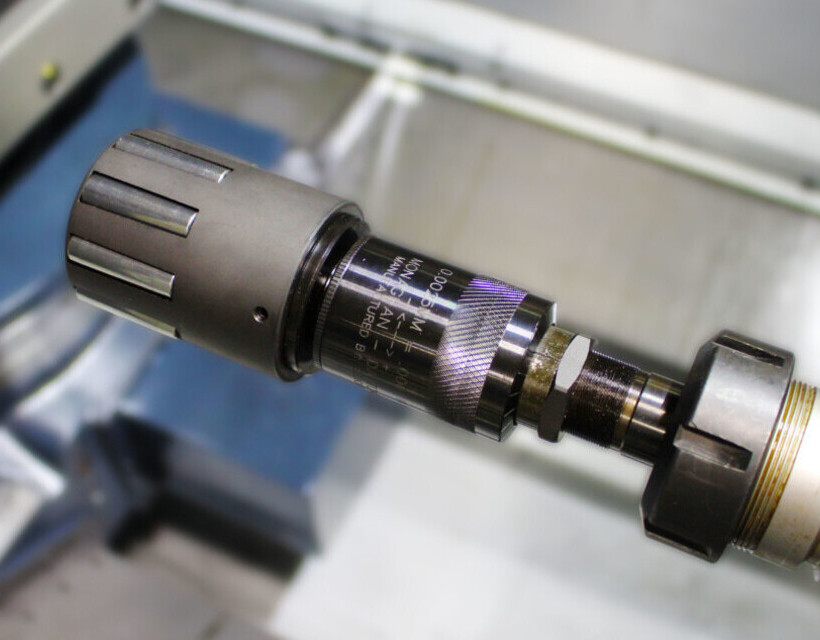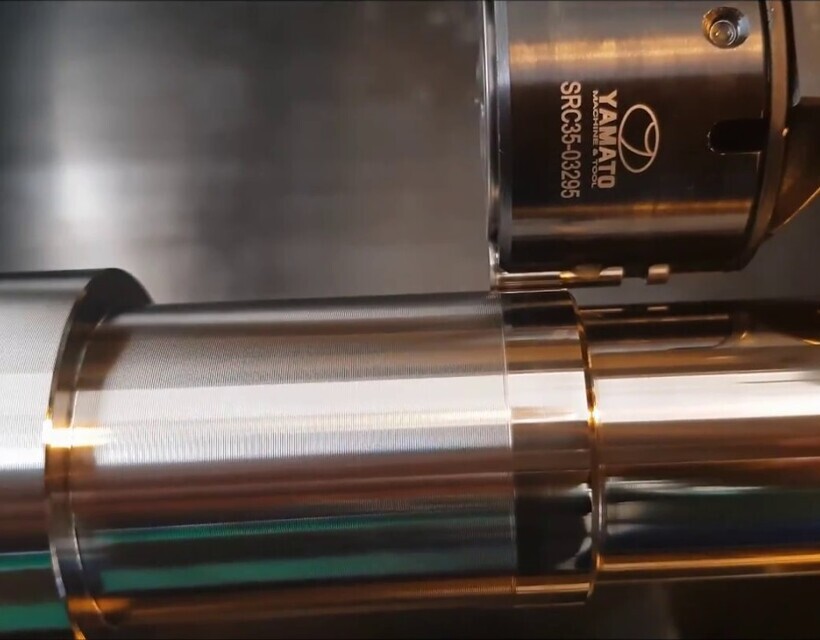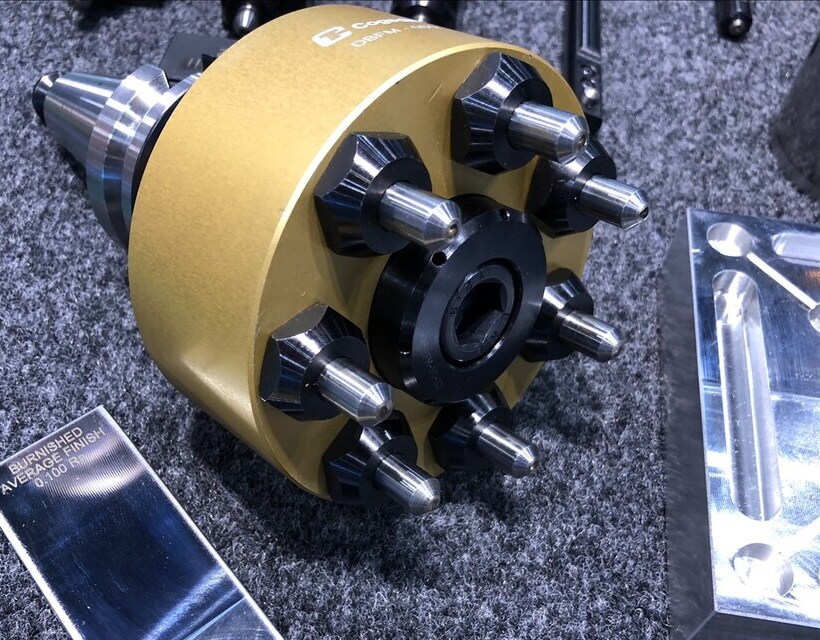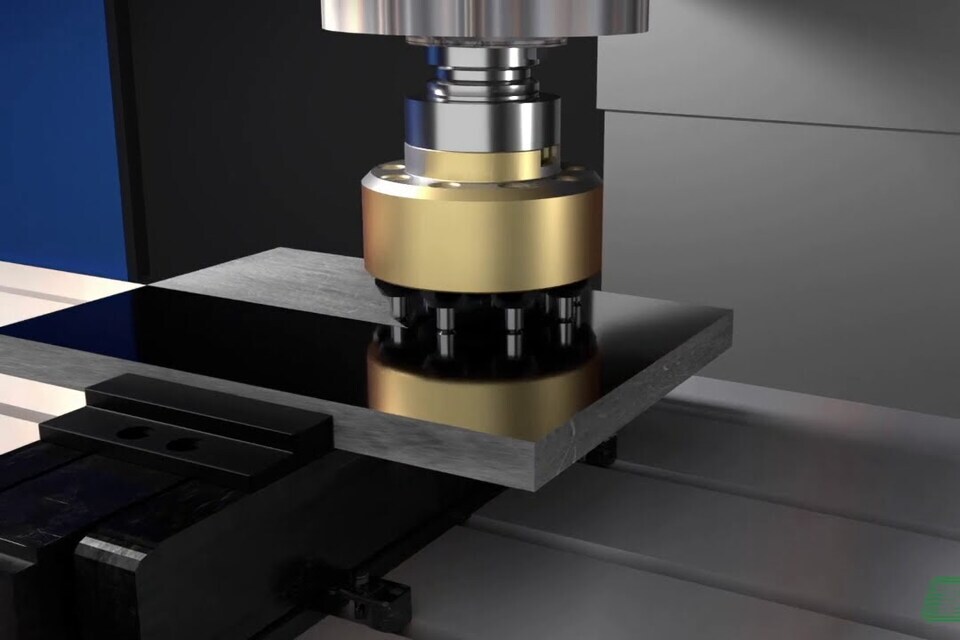Burnishing is an essential process for CNC machined parts. It's an excellent way to ensure that parts are of the highest quality and meet your exact specifications.
I'm sure you've felt the frustration of having a part not fit correctly into its assembly, or of not getting the desired finish on a machined surface. If you're looking for ways to improve the quality of your CNC machined parts, then burnishing may be just what you need!
In this article, I'm going to explore the techniques and benefits of burnishing for CNC machined parts. You'll learn why it's important, how it works, and what advantages it can bring to your production process.
I'll also be sharing some helpful tips on how you can get the most out of this technique. With this knowledge in hand, you'll be able to confidently take your CNC machining projects to the next level.
So let's get started!
What Is Burnishing?

Burnishing is a surface preparation process used to improve the surface finish of metal parts. It's one of the most popular processes for CNC machined parts and can make a big difference in their performance and durability.
In fact, industrial experts estimate that up to 50% of all machined parts require burnishing during production!
The process involves using a special tool and applying it to the part's surface with moderate pressure. The type of tool used will depend on the part's material, size, geometry, and other factors.
Selecting the right tool is essential for successful burnishing and can involve anything from a hand held tool to an automated machine system. Regardless of which option you choose, proper surface preparation and tool selection are both critical elements in achieving great results with burnishing.
Different Types Of Burnishing
When it comes to CNC machined parts, burnishing is an essential finishing process. It provides a number of benefits that can help make the parts more durable and aesthetically pleasing.
There are a few different types of burnishing available to choose from, each with its own advantages:
- Cold-forming burnishing:
- This type of burnishing uses cold-formed tools to create smooth surface finishes on metals with low compression strength.
- It is most effective when used on aluminum, brass, and other soft materials.
- Roller burnishing:
- Using this method requires special tools that apply pressure to the surface of the material in order to create a smooth finish.
- The amount of pressure applied can be adjusted based on the needs of the project, making this type of burnishing highly versatile.
- Ultrasonic burnishing:
- This method involves using high frequency soundwaves to create a polished surface finish.
- It is best for hardened surfaces and requires careful tool selection for optimal results.
No matter which type of burnishing you choose for your CNC machined parts, you can be sure that it will offer improved durability and enhanced aesthetics while also helping to reduce costs associated with additional finishing processes.
Benefits Of Burnishing For CNC Machined Parts

Burnishing for CNC machined parts is a fine-tuning technique that can dramatically increase the quality of your work. It’s like giving your creations a smooth, polished finish that makes them shine.
By burnishing, you’re able to take a product from good to great with just a few quick passes over the surface. The benefits of burnishing are numerous.
For starters, it can help to reduce friction between moving parts, resulting in smoother operation and longer life. Additionally, it can help to improve the surface finish of metal surfaces by smoothing out small scratches or imperfections.
This creates an aesthetically pleasing look as well as providing a protective layer against corrosion and wear and tear. Burnishing also helps to create better seals on gaskets or other components that need tight tolerances for proper functioning.
All these advantages mean you get superior results without having to invest additional time and money into other techniques.
Techniques For Burnishing CNC Machined Parts

Burnishing for CNC machined parts is a process that can provide numerous benefits to the surface of your part. It involves using a tool to create a highly polished, exceptionally smooth surface with improved fatigue resistance and increased corrosion resistance.
Here are some techniques and considerations to keep in mind when burnishing CNC machined parts:
- Surface Preparation: Make sure the surface of the part is prepared for burnishing before you begin. This includes removing any contaminants, such as oils or other residues, from the surface.
- Tool Selection: Selecting the right burnishing tool is essential for achieving the desired finish on your part. The type of material and size of the part will determine which tool should be used.
- Load Reduction: When applying pressure to a part while burnishing, it’s important to reduce the load applied by gradually increasing the speed at which it’s applied.
- Speed Control: Having a controlled speed while burnishing helps minimize any potential damage that could occur if too much pressure is applied too quickly.
By following these steps and paying attention to details like surface preparation and tool selection, you can ensure that your CNC machined parts receive optimal results from your burnishing process and experience all of its benefits!
Tips For Implementing Burnishing
Burnishing CNC machined parts is a great way to ensure that your parts are held to the highest standards. It's an effective method that can be used to improve the quality of machined parts and increase their longevity.
But what techniques should you use when burnishing?
When it comes to burnishing CNC machined parts, tool selection and lubrication strategy are key. Depending on the material you're working with, you'll need to select a tool that will create enough pressure for the job without damaging the part or causing any surface irregularities.
Additionally, choosing an appropriate lubricant will help reduce friction and wear on both the tool and part. This will result in a better finish and extend the life of both components.
When selecting tools and lubricants for burnishing CNC machined parts, be sure to research specific recommendations for your particular application.
Conclusion
Burnishing is a great technique to consider when it comes to machined parts. It can provide numerous benefits and help create a smoother, better-looking surface. With the right knowledge and techniques, you can make sure your CNC machined parts look their best.
It's important to think through the process carefully, however. By understanding the different types of burnishing, researching potential benefits, and following tips for successful implementation, you can create beautiful, smooth surfaces that will last for years to come.
With a little bit of time and effort invested in burnishing your CNC machined parts, you'll be able to reap the rewards for years down the line!
